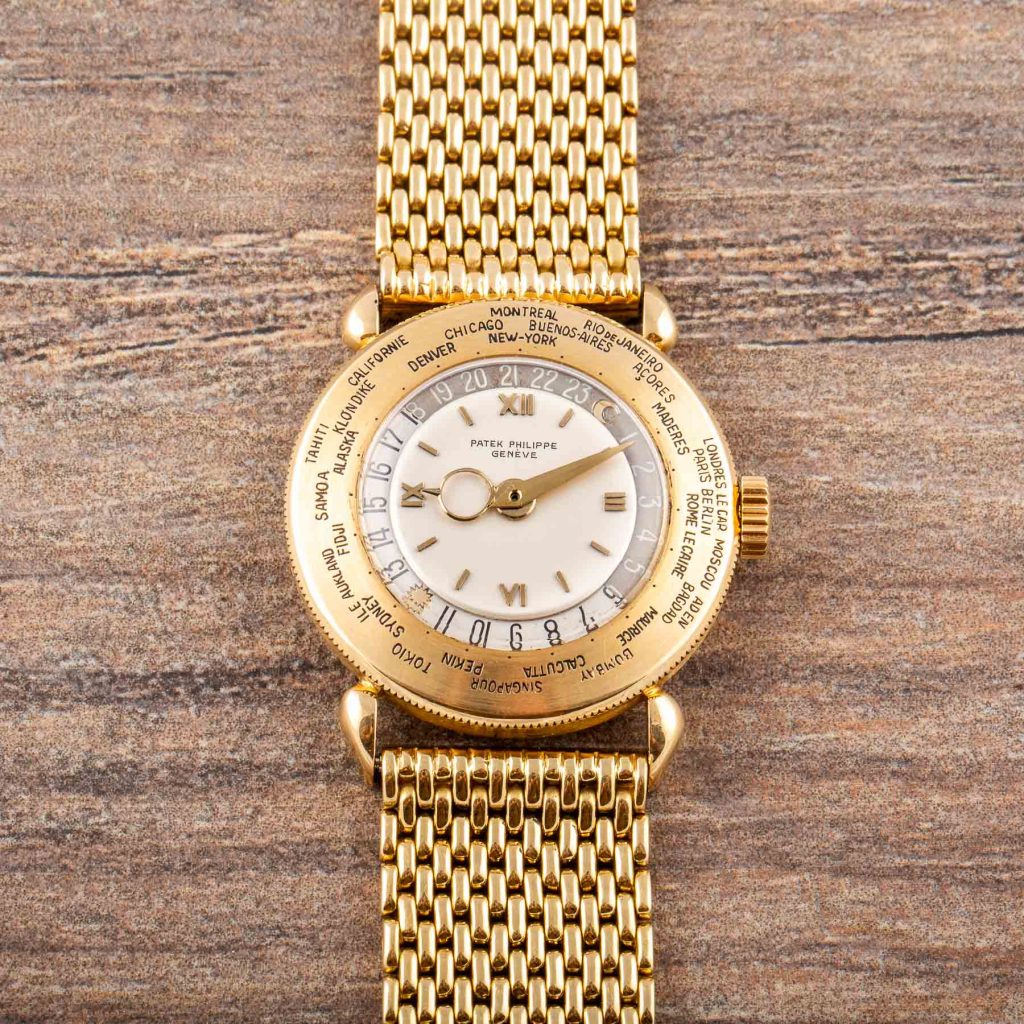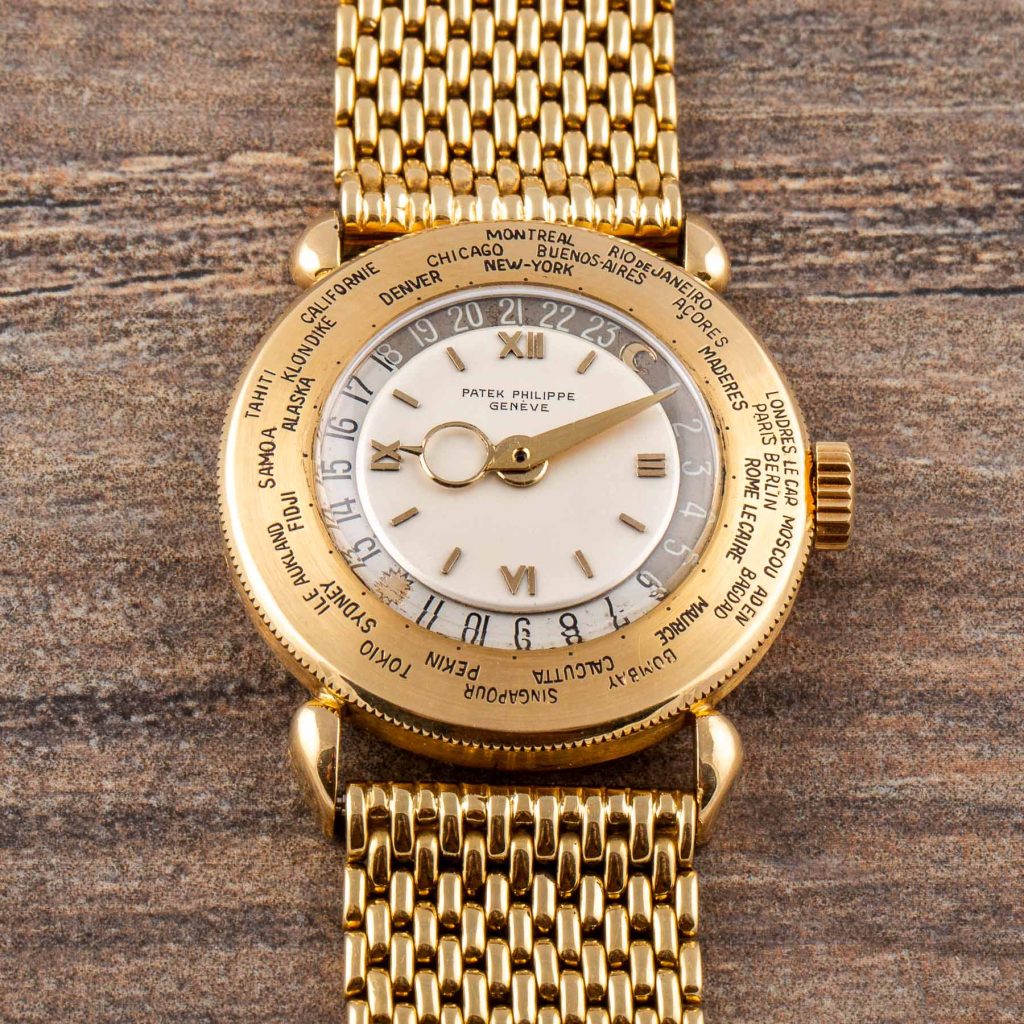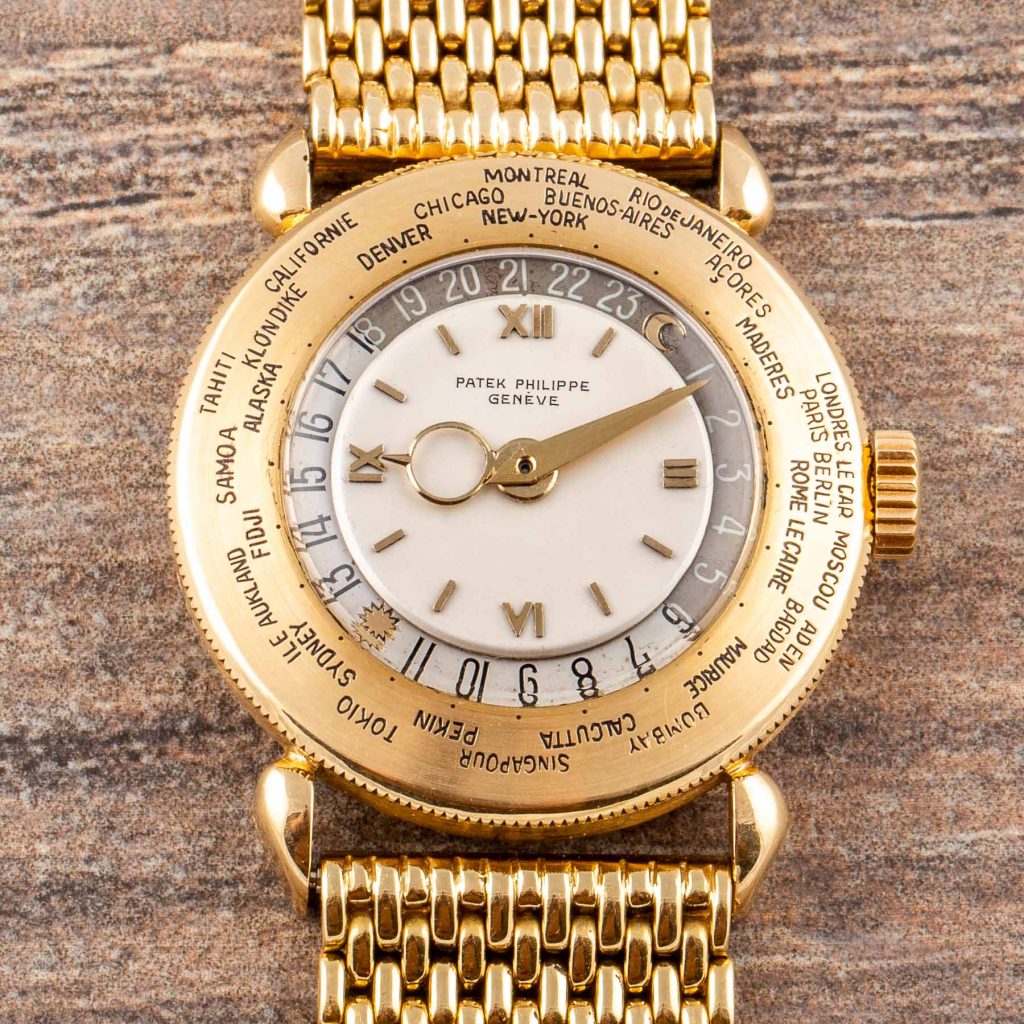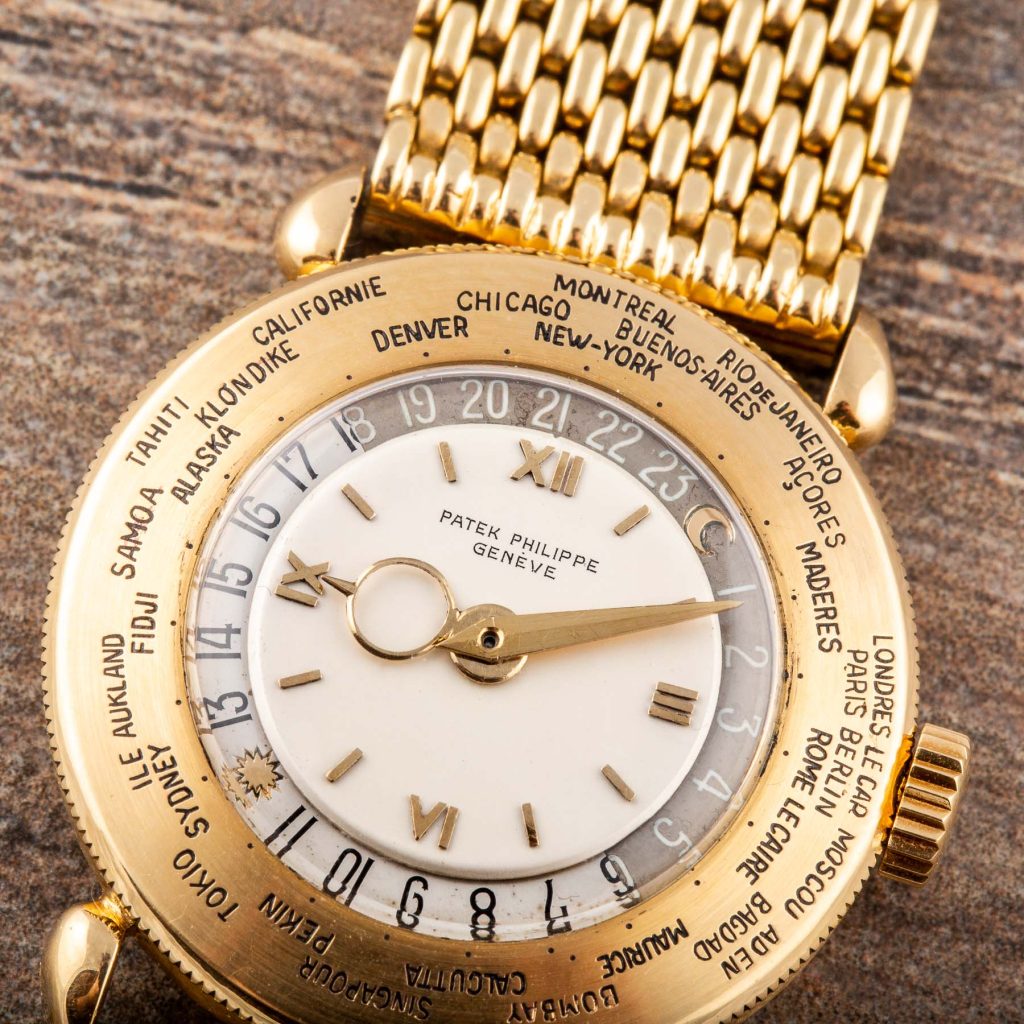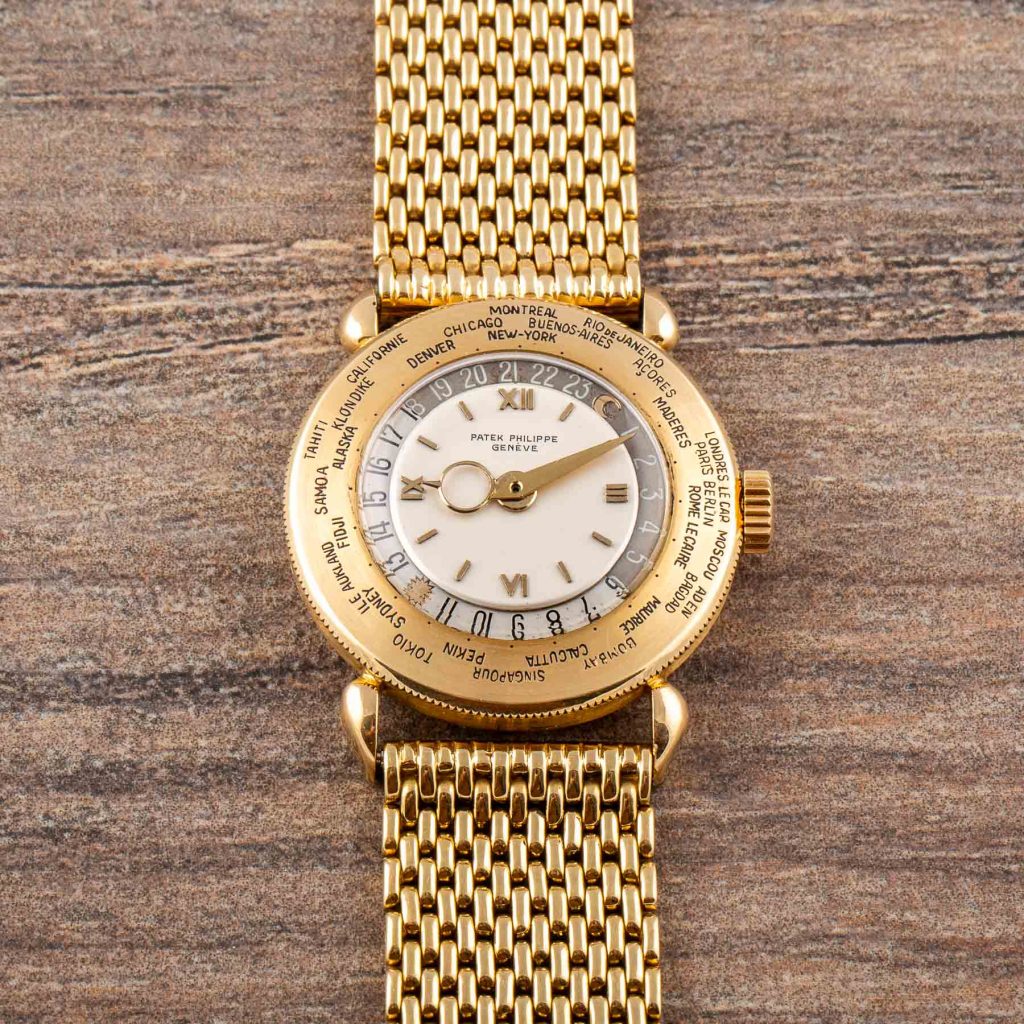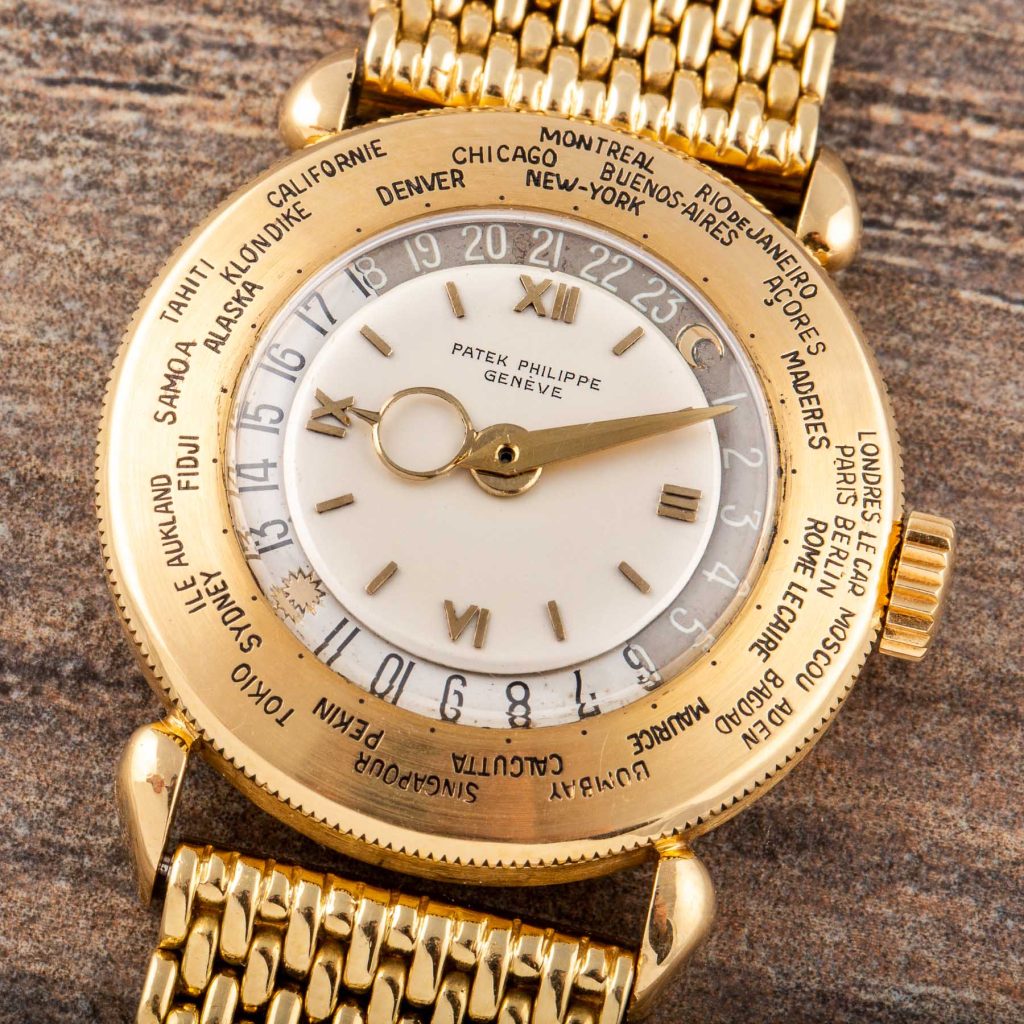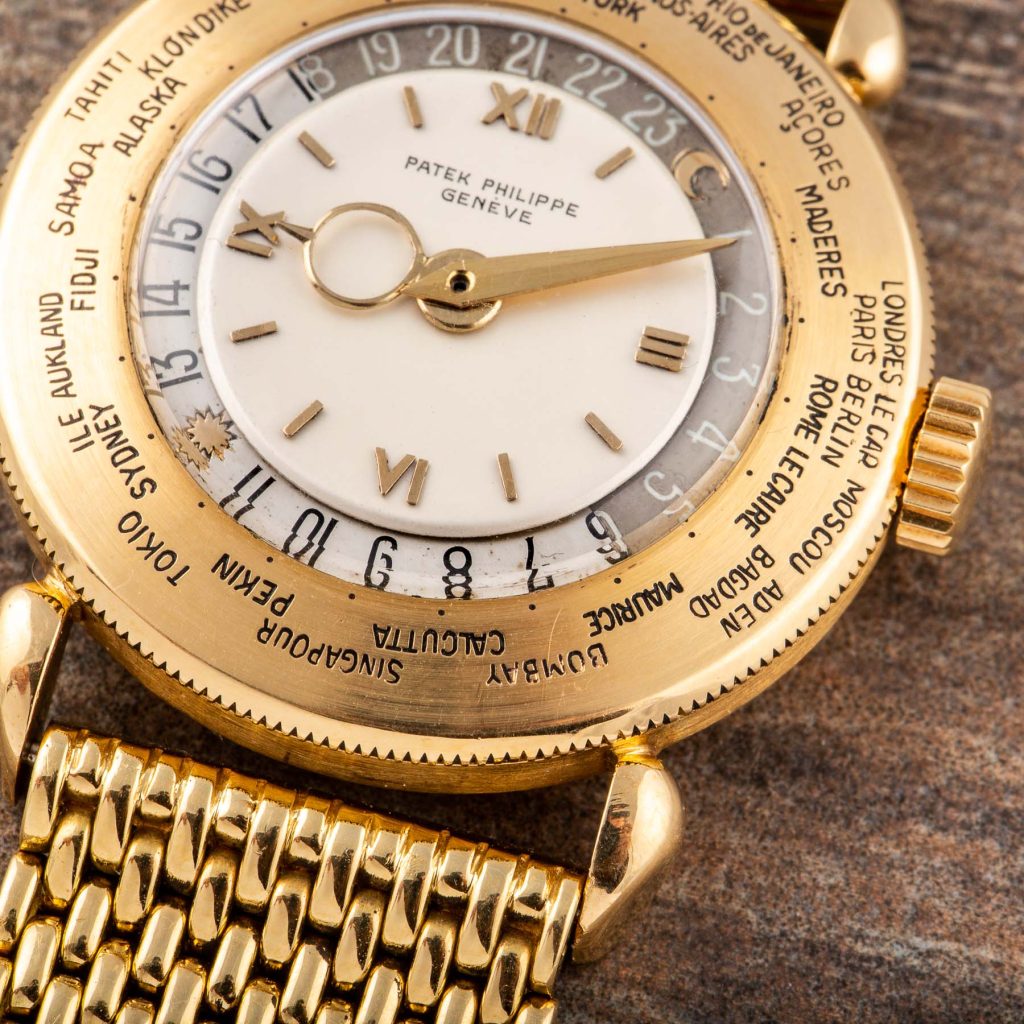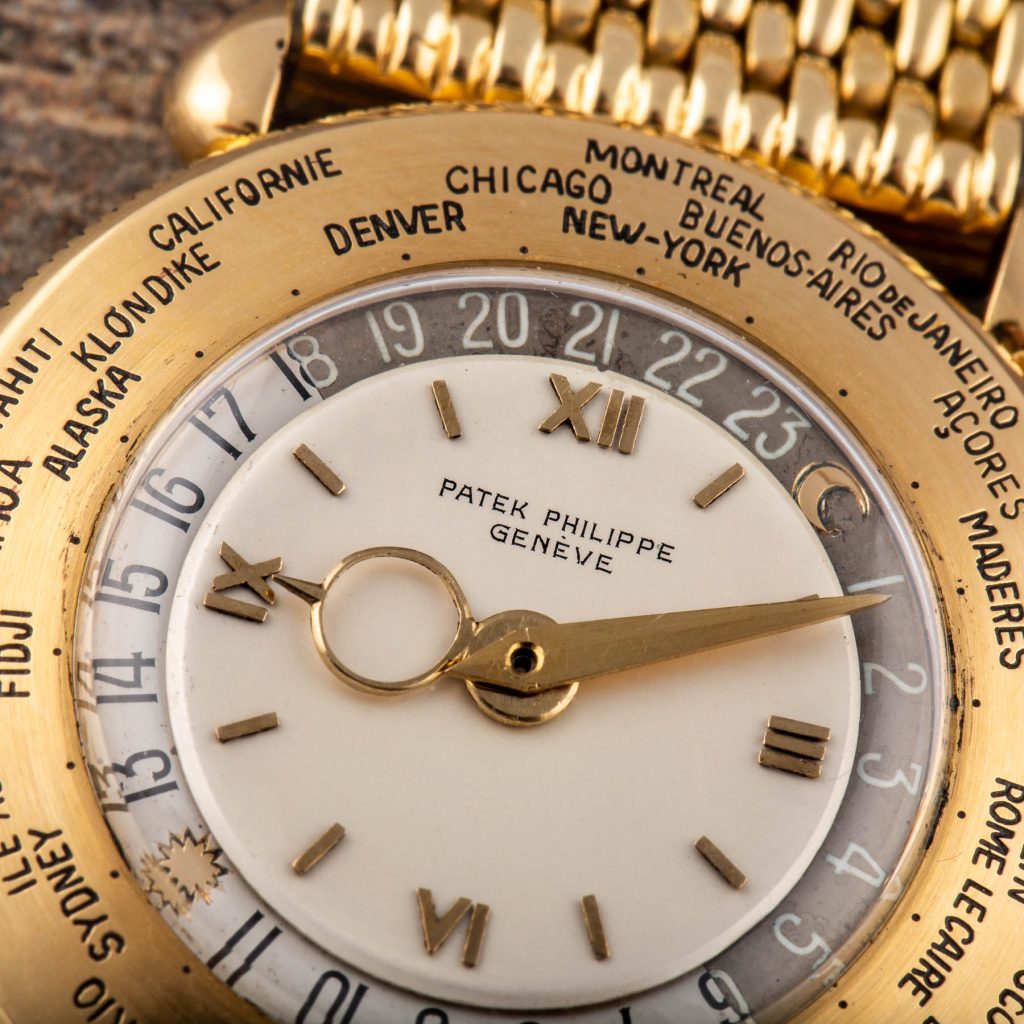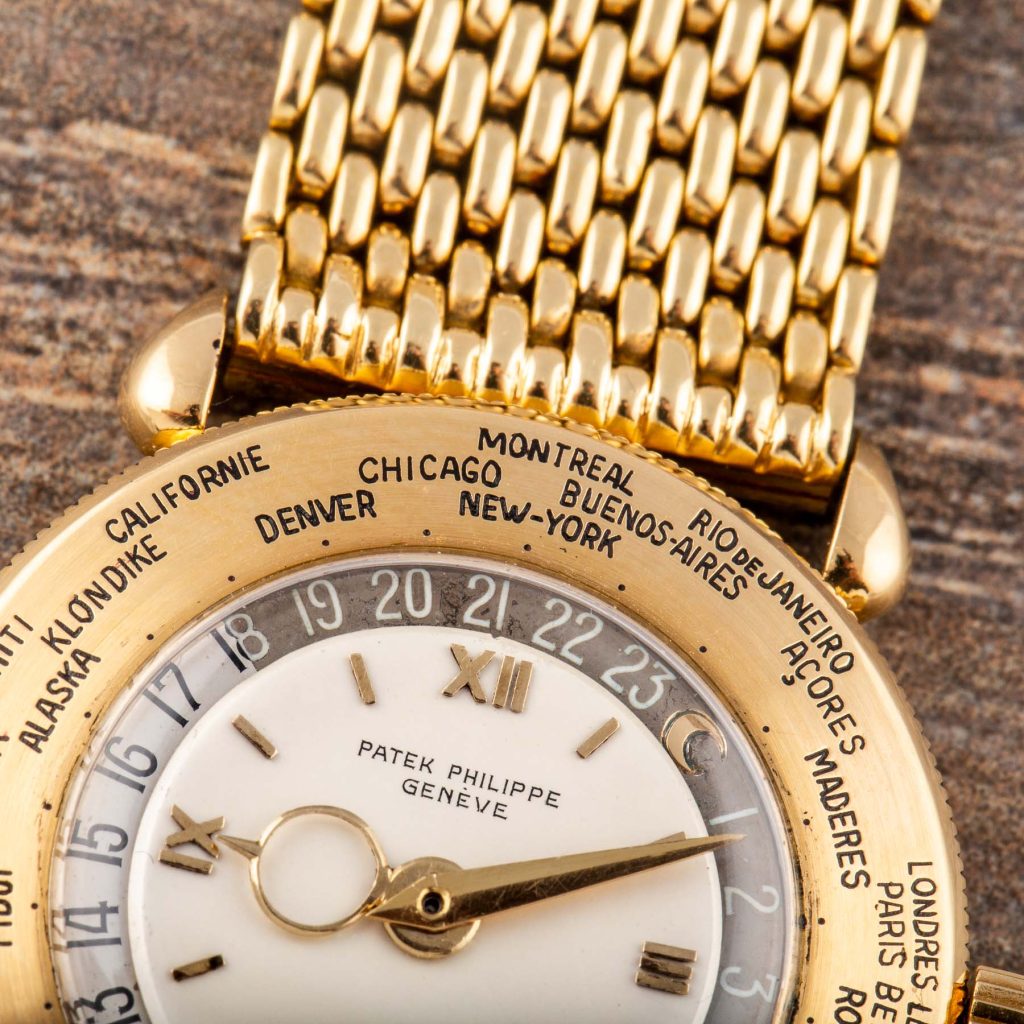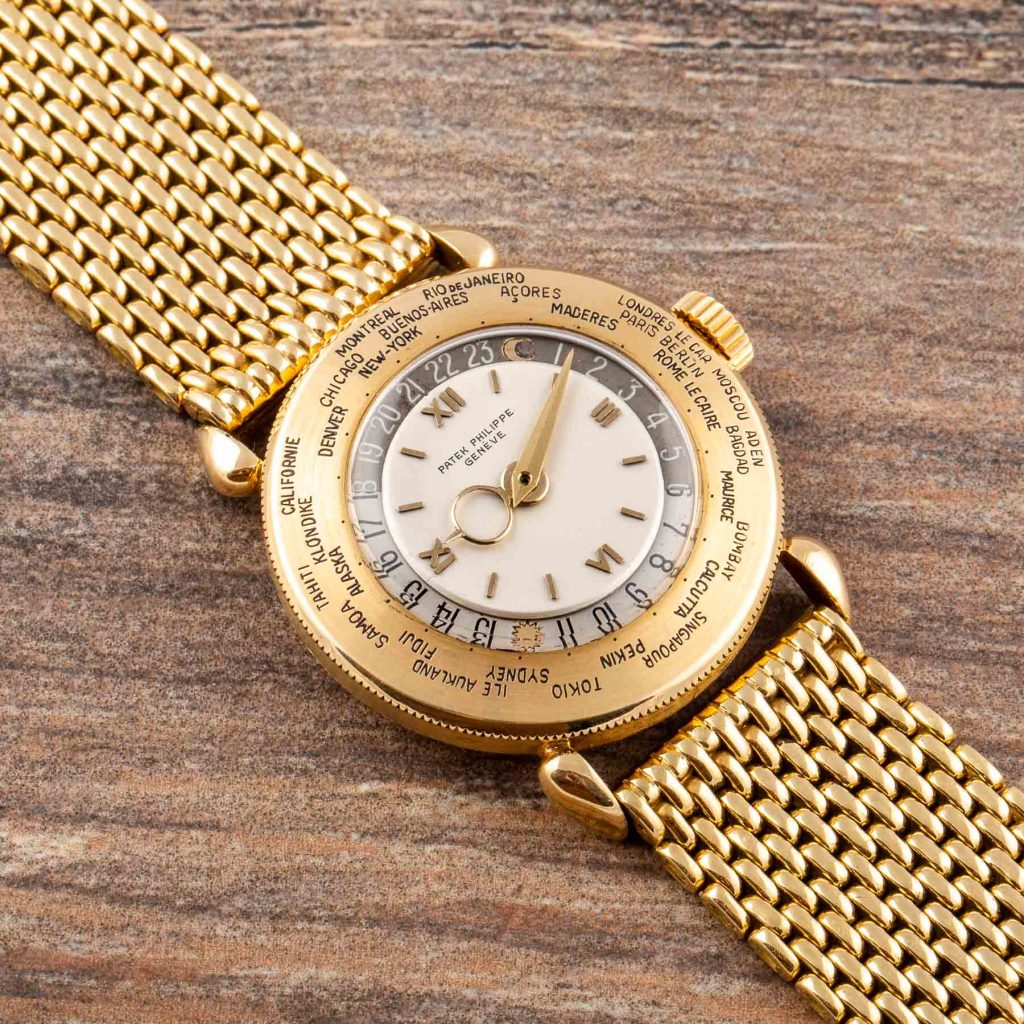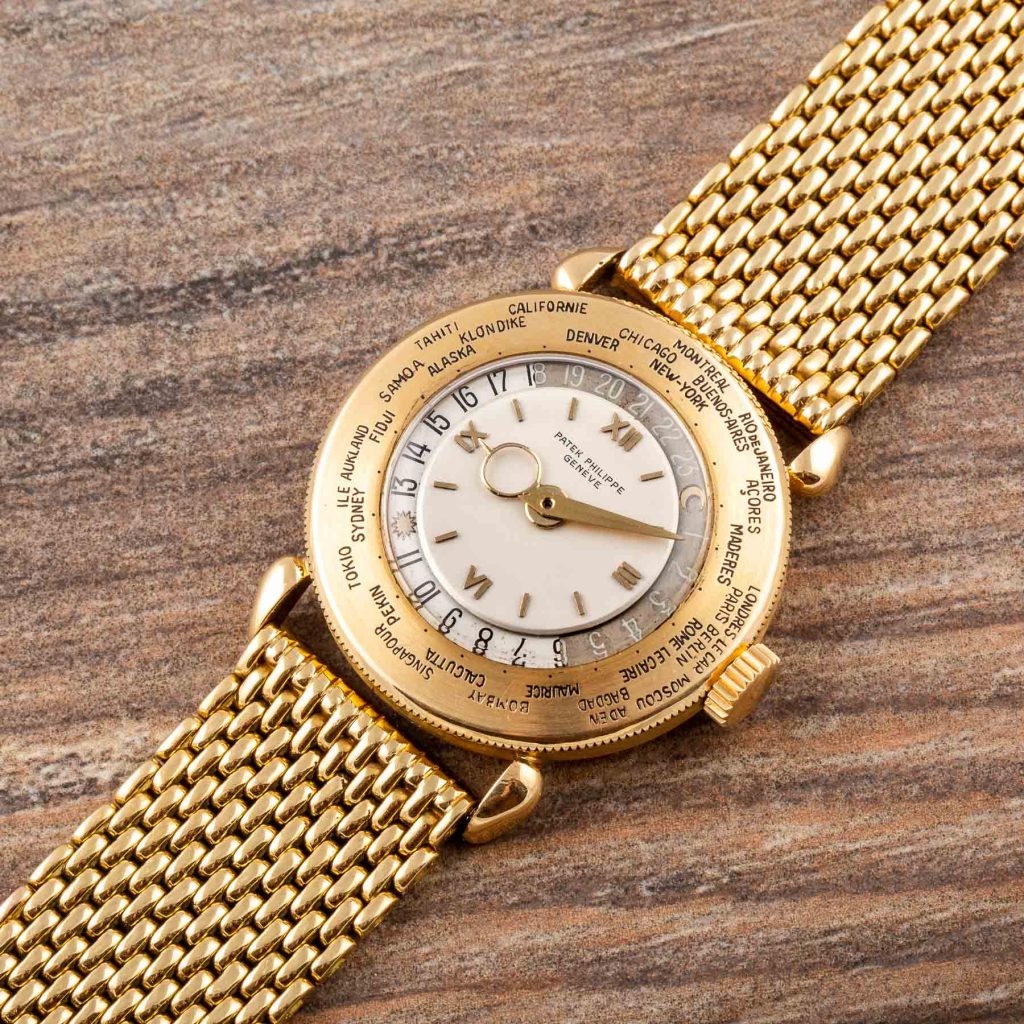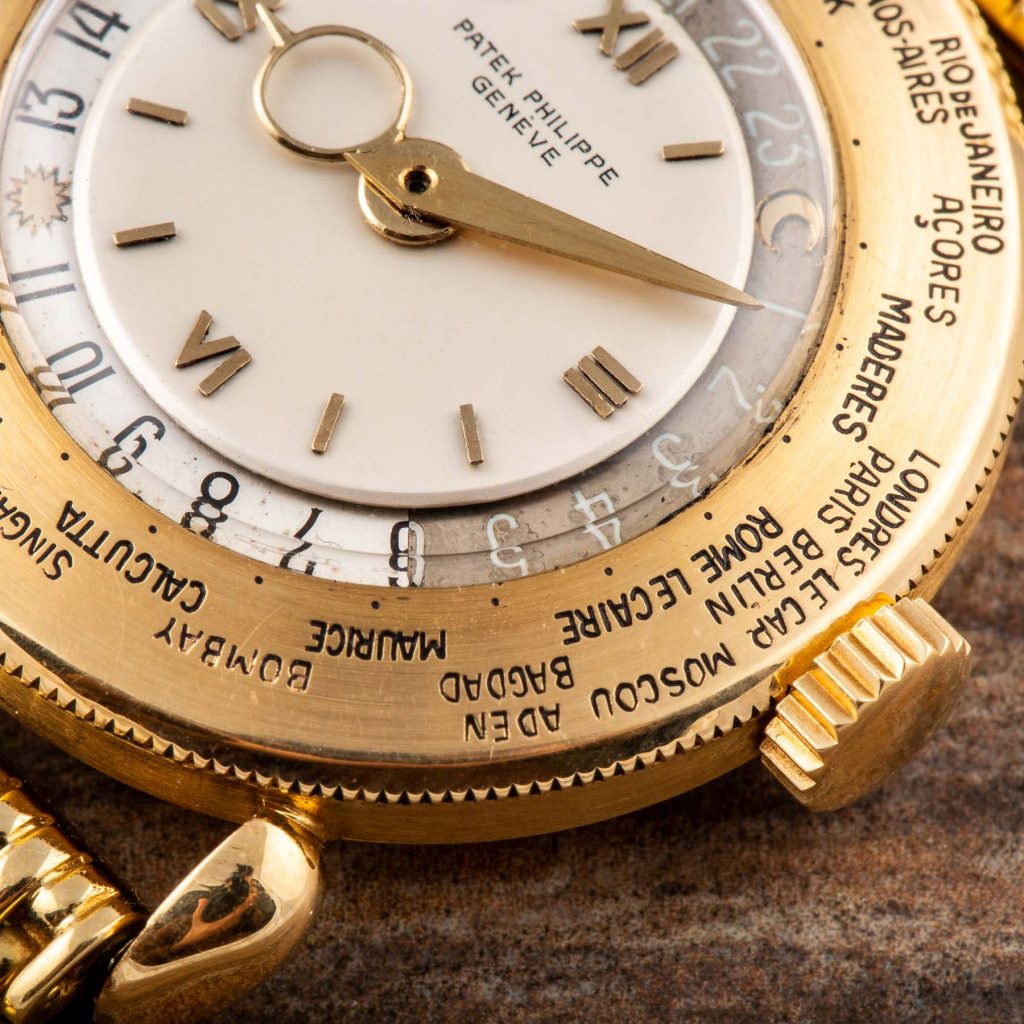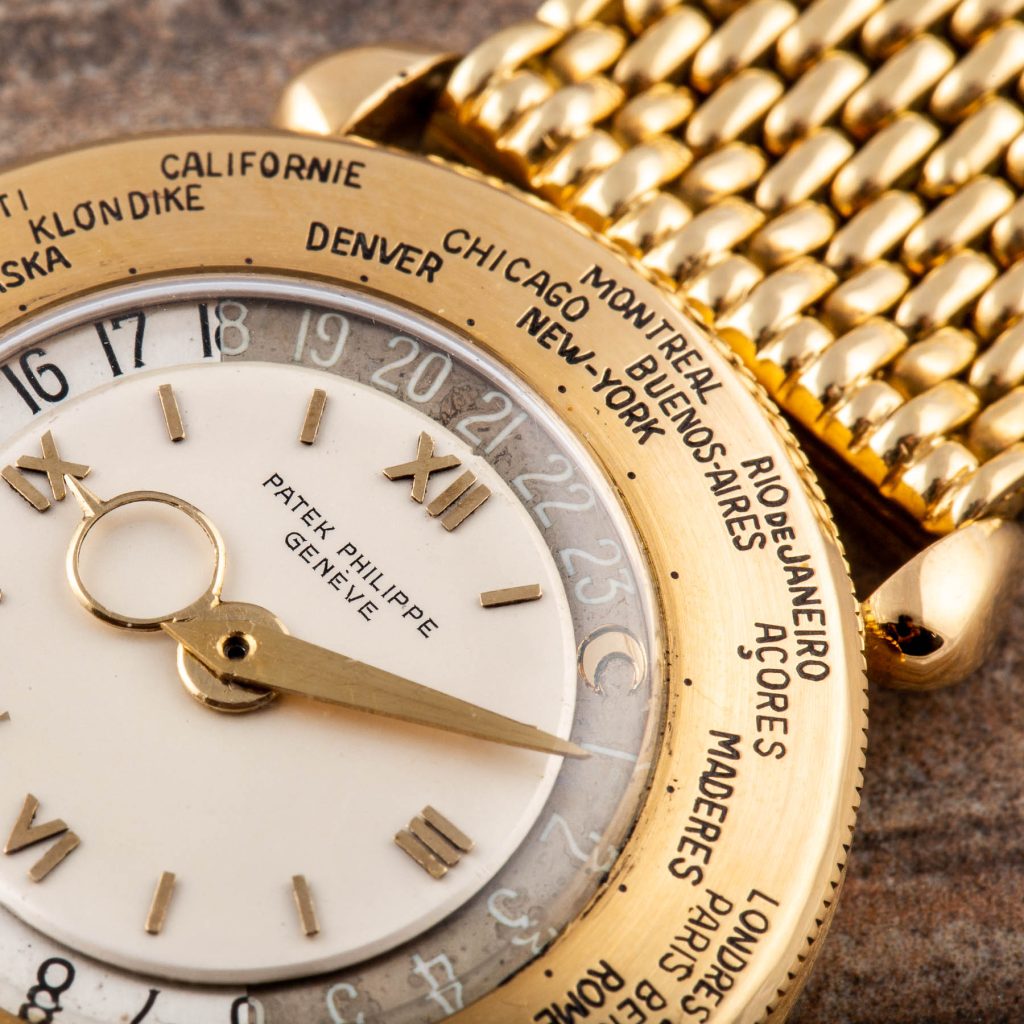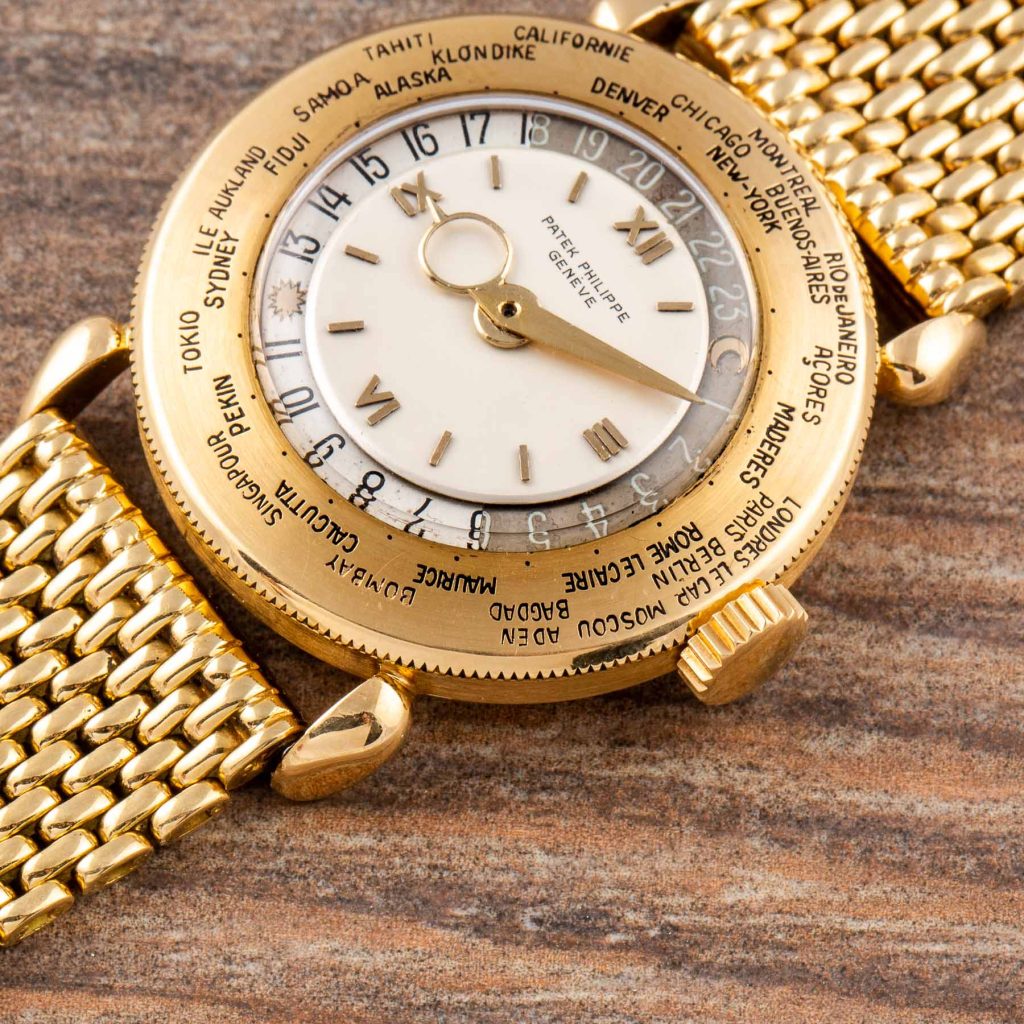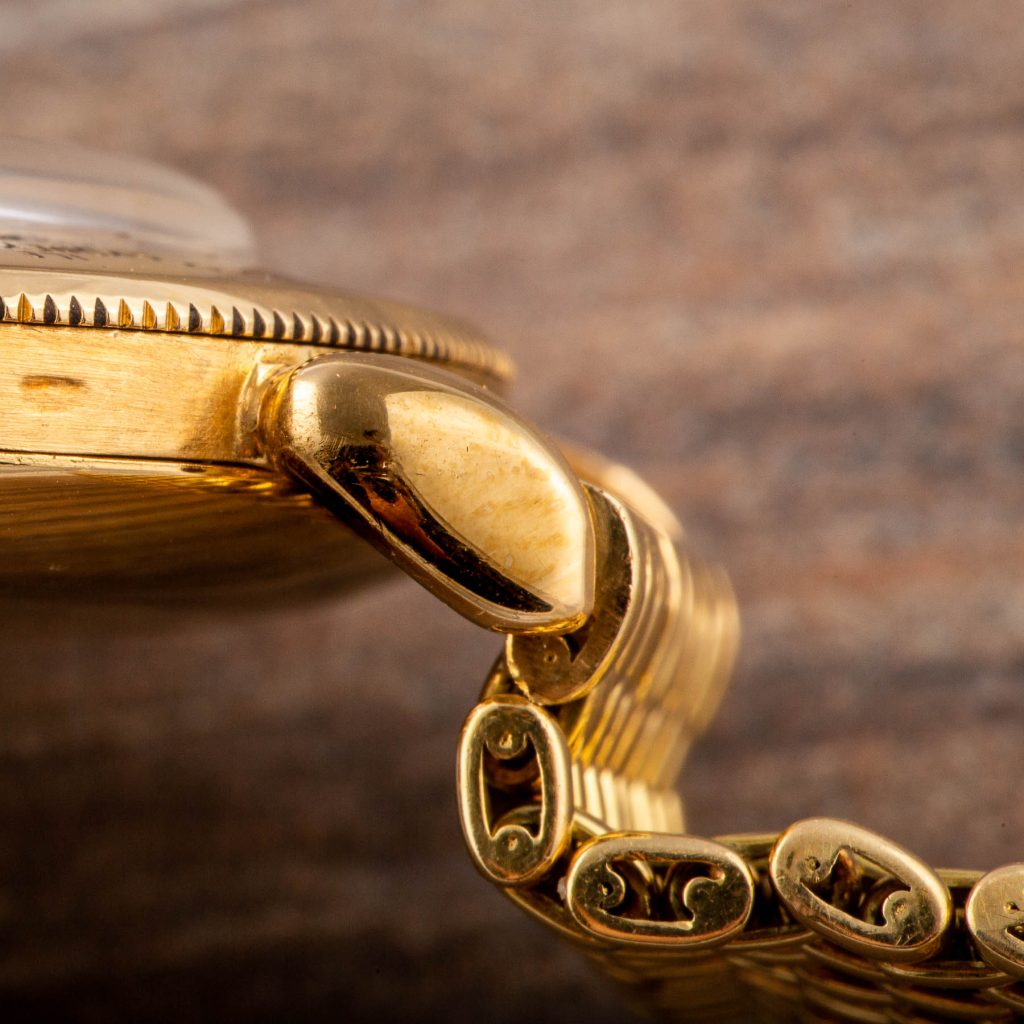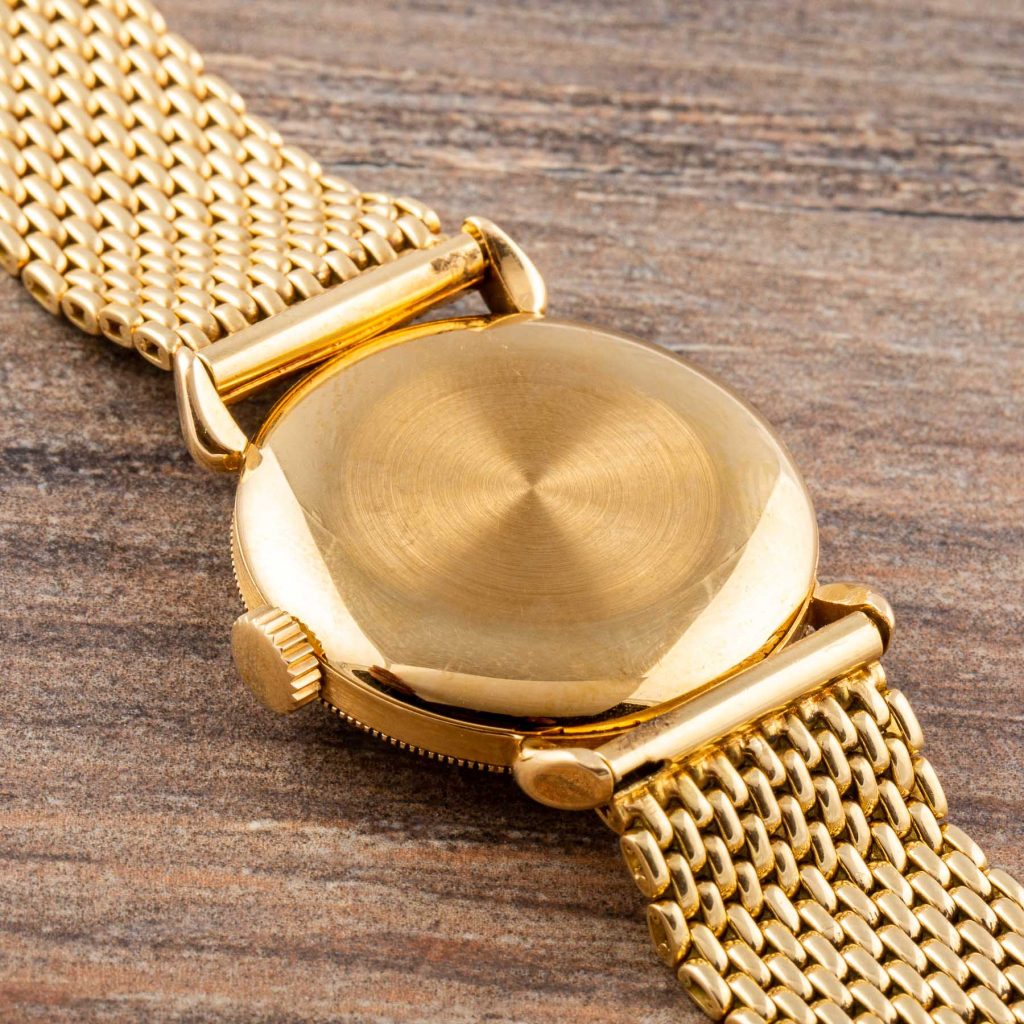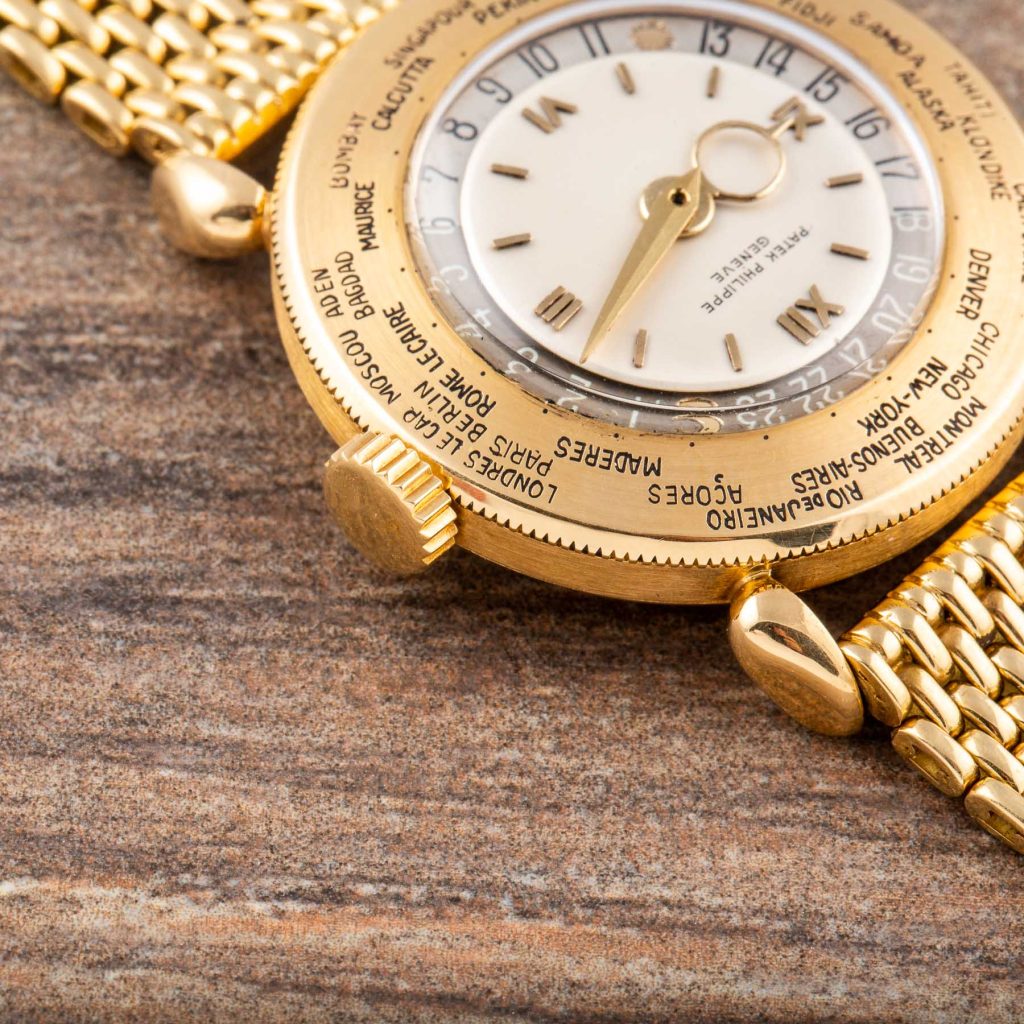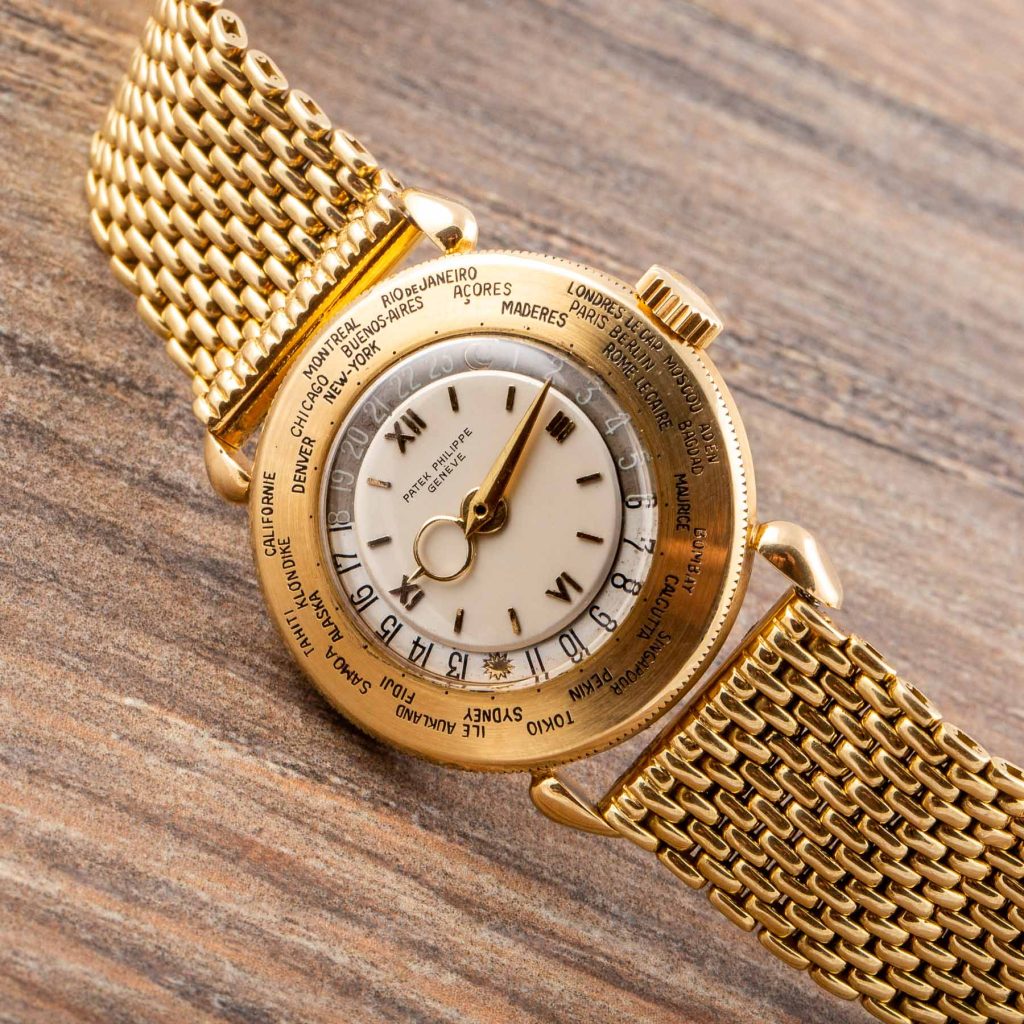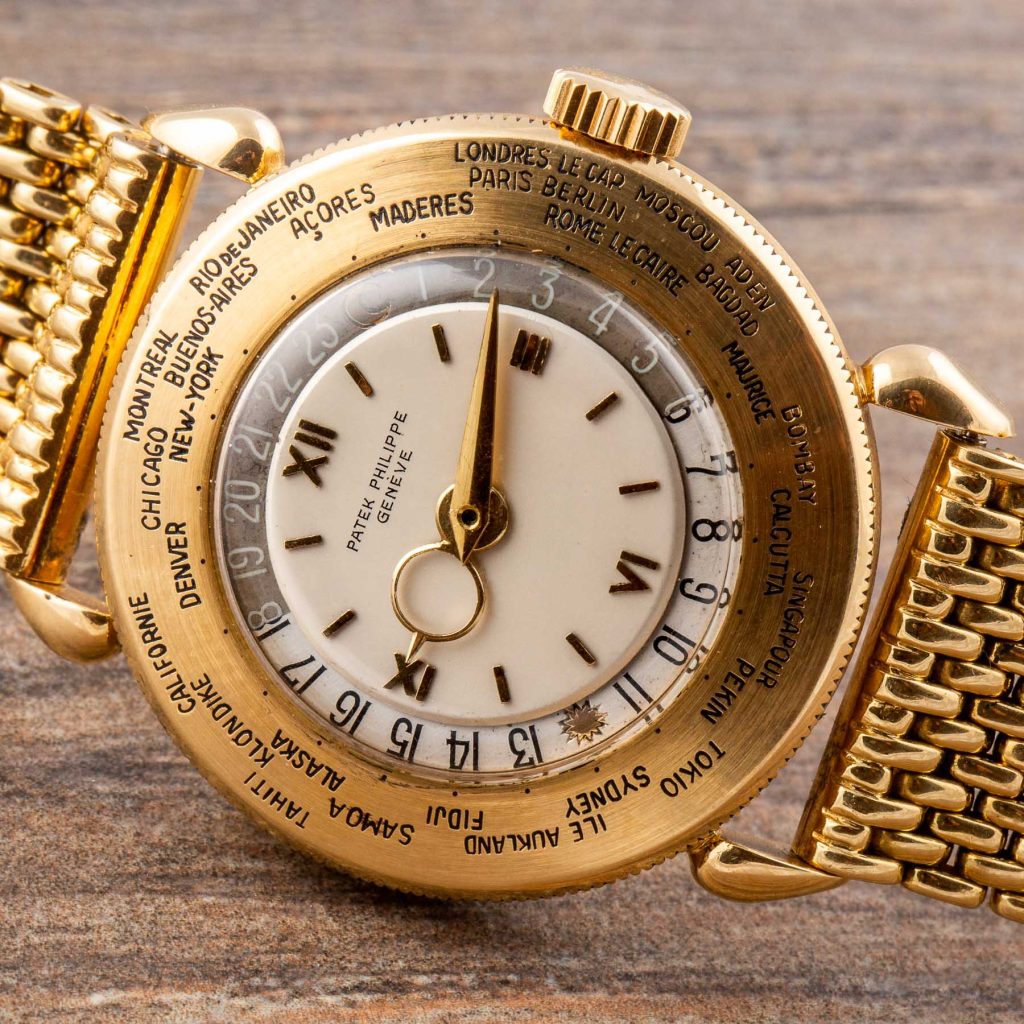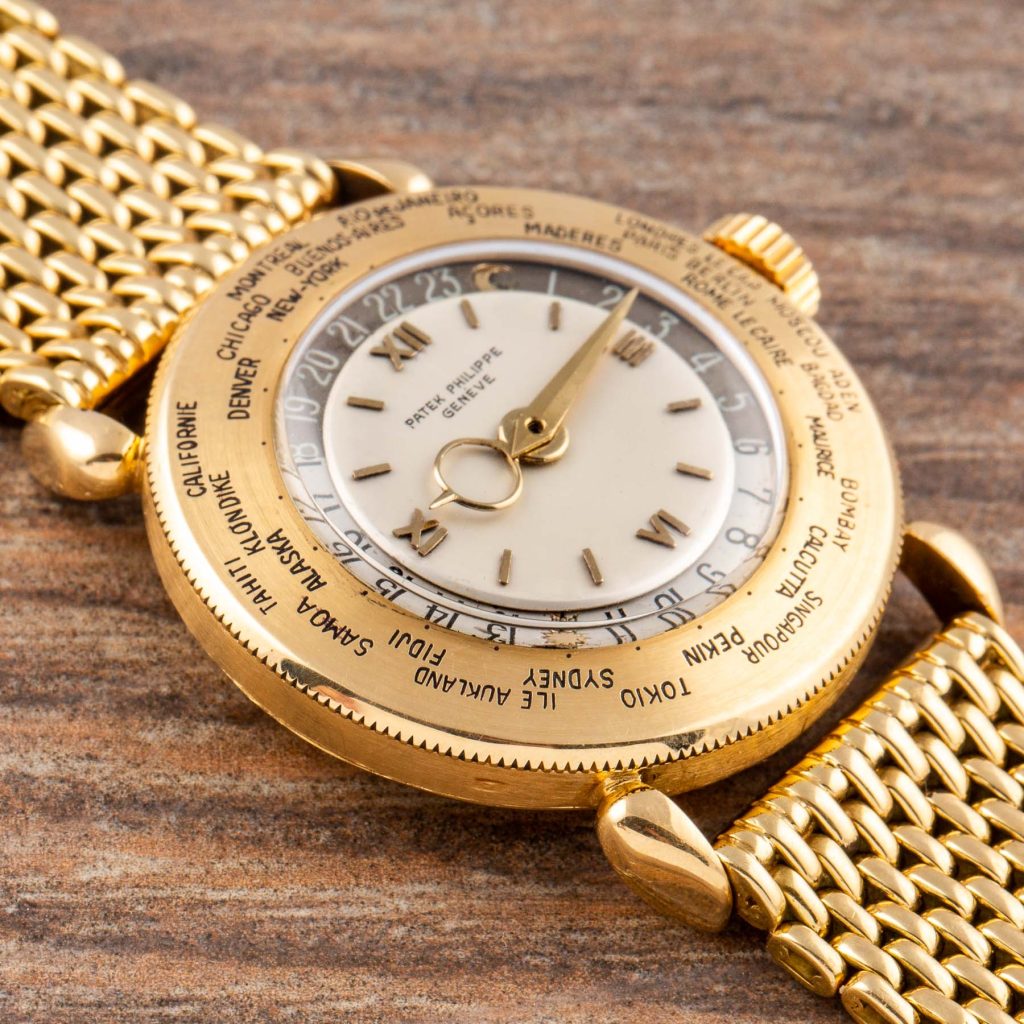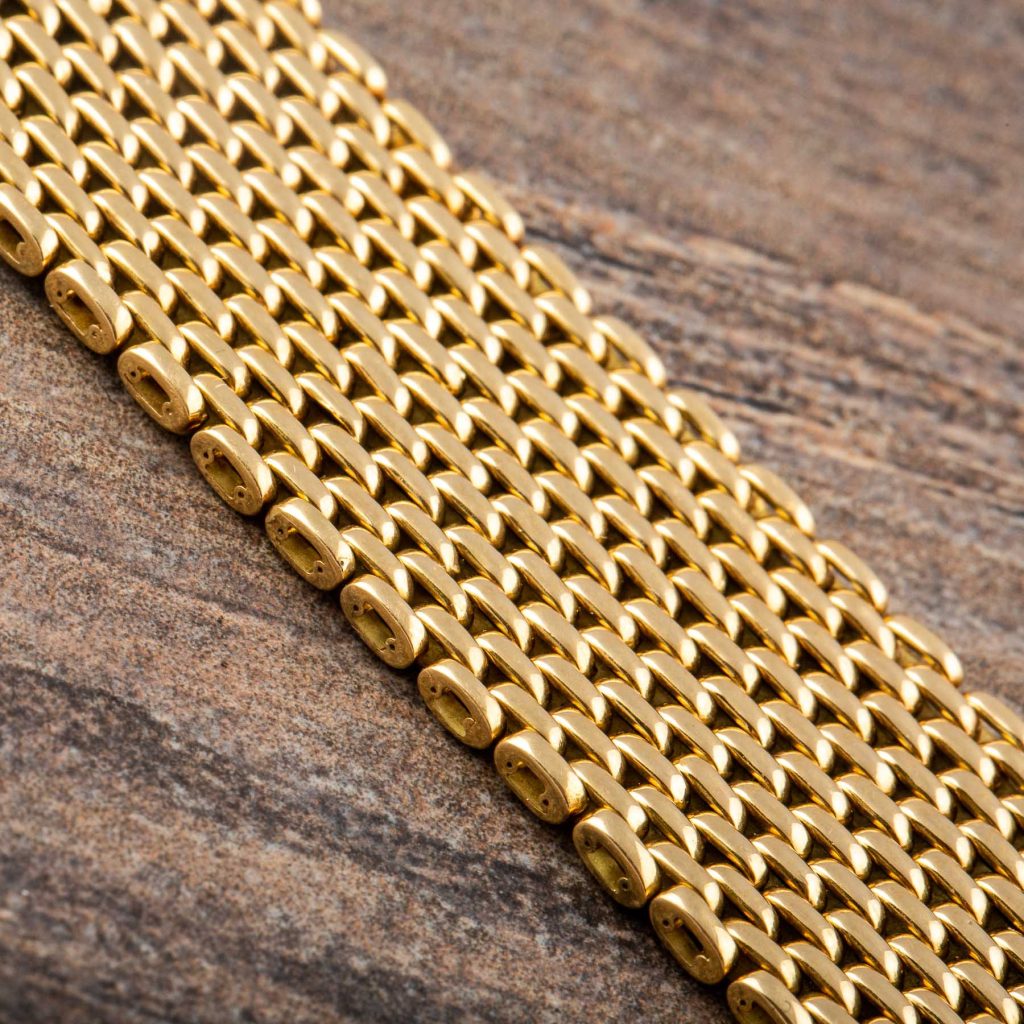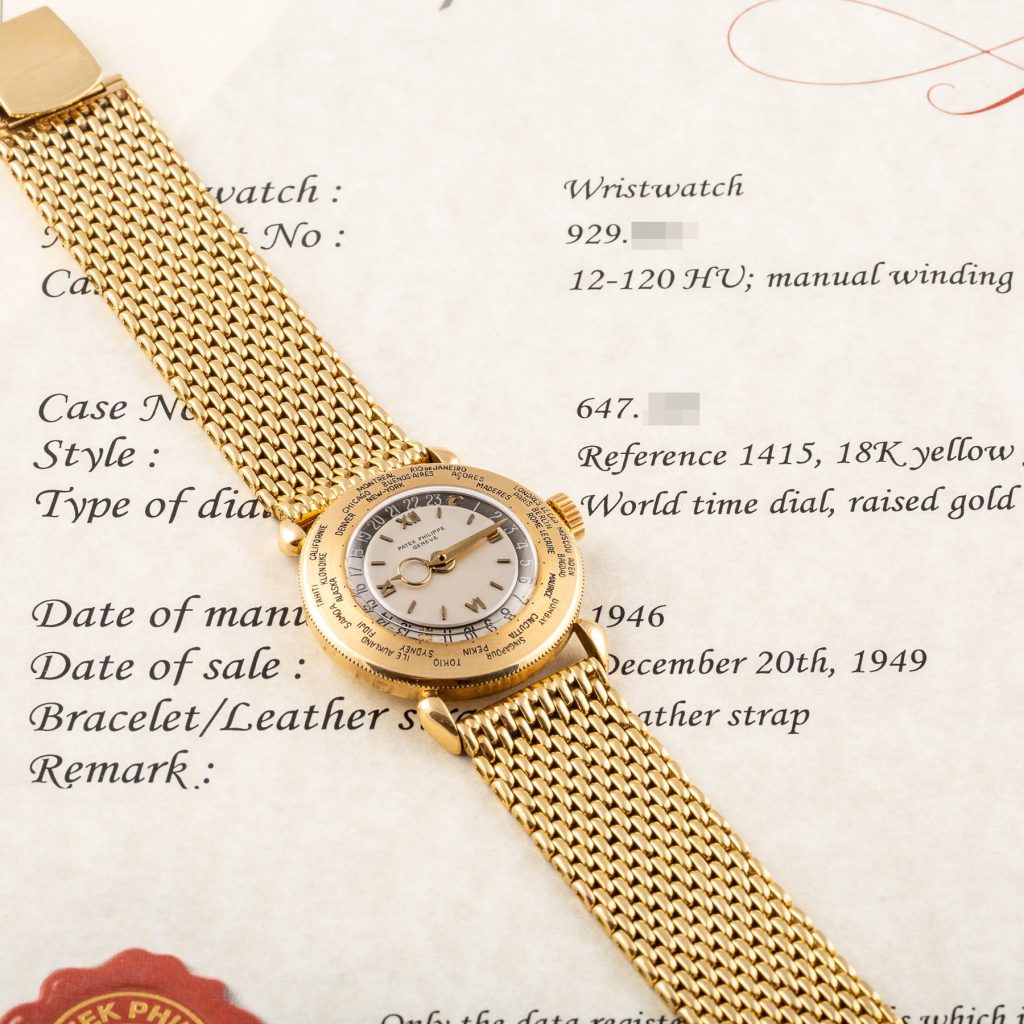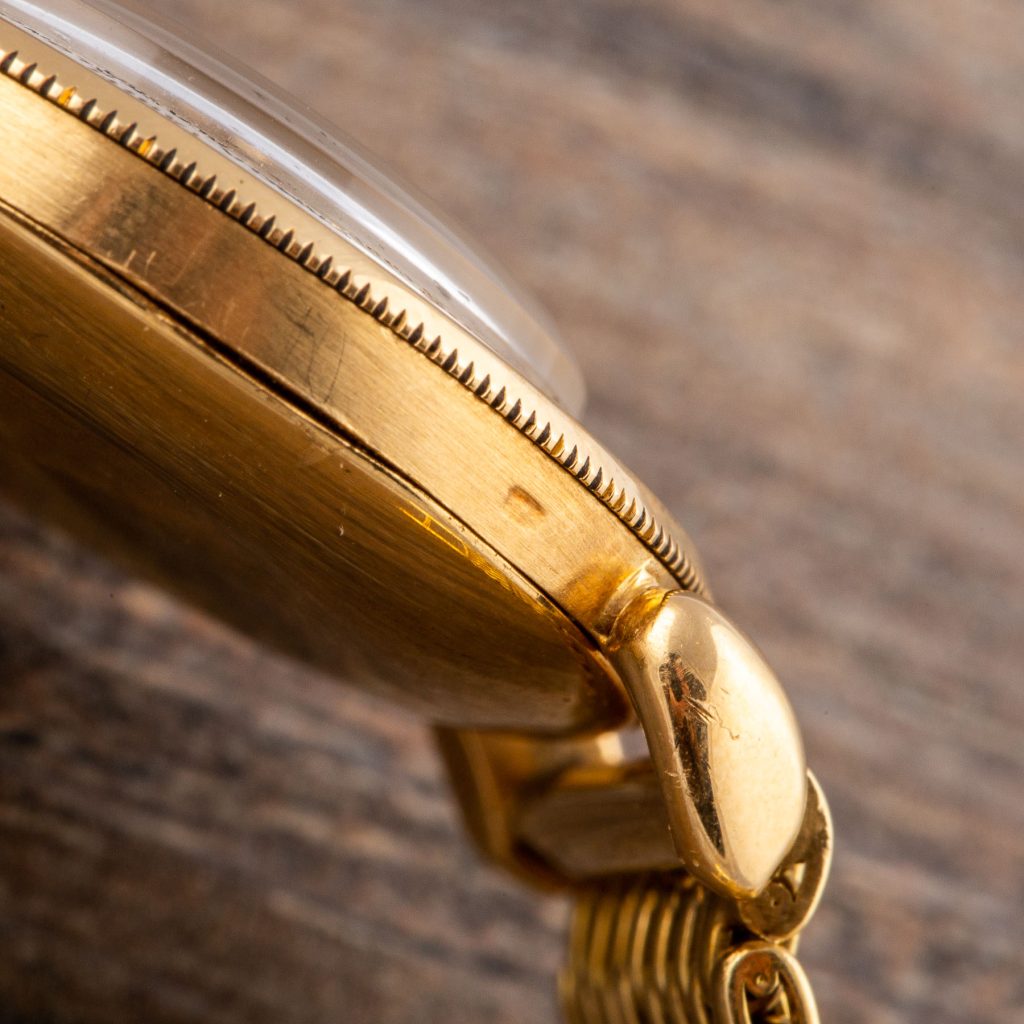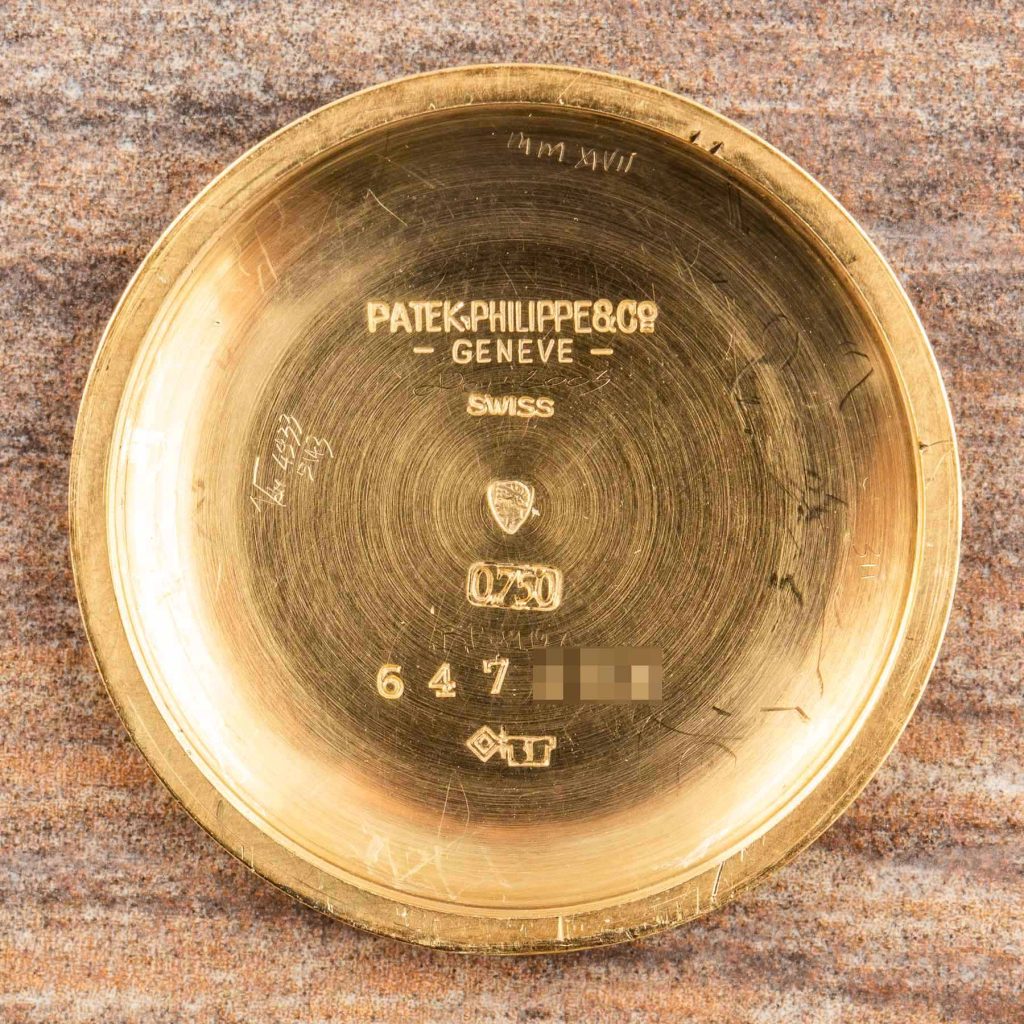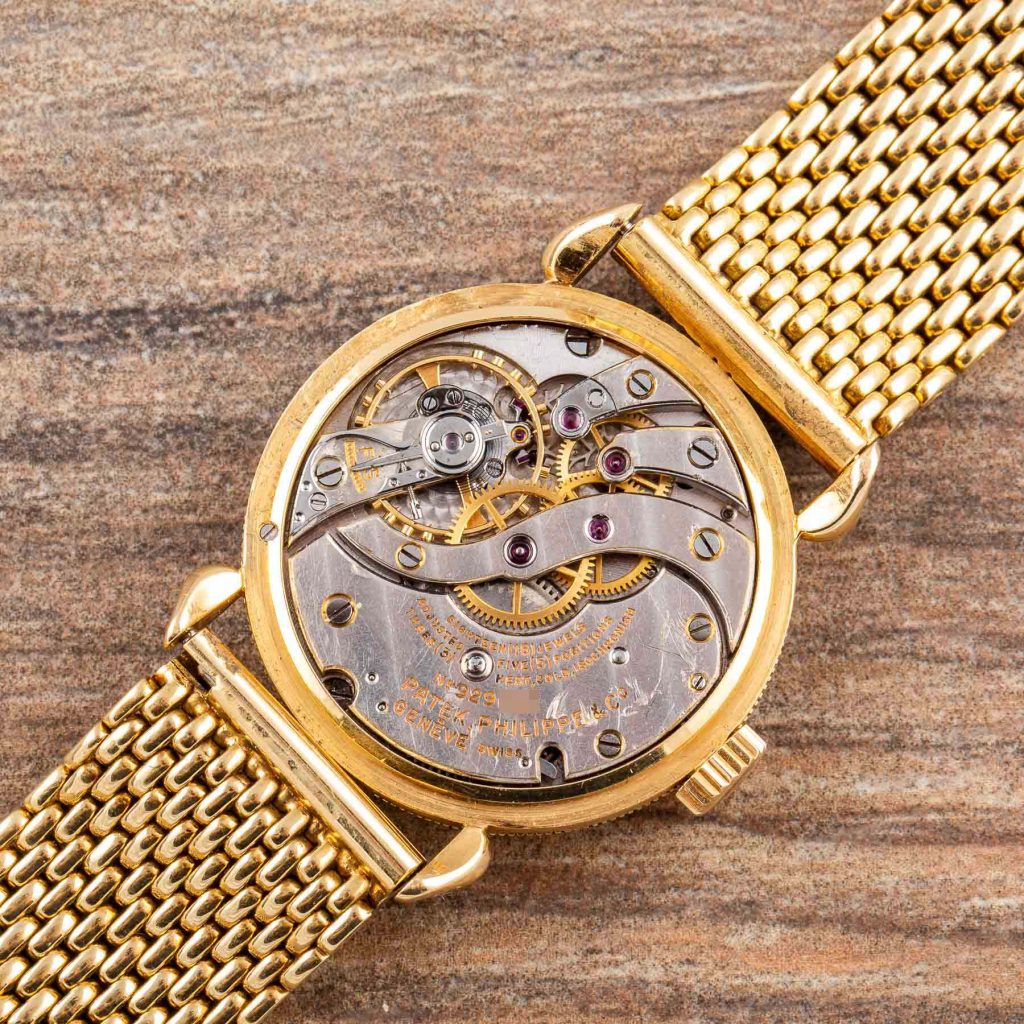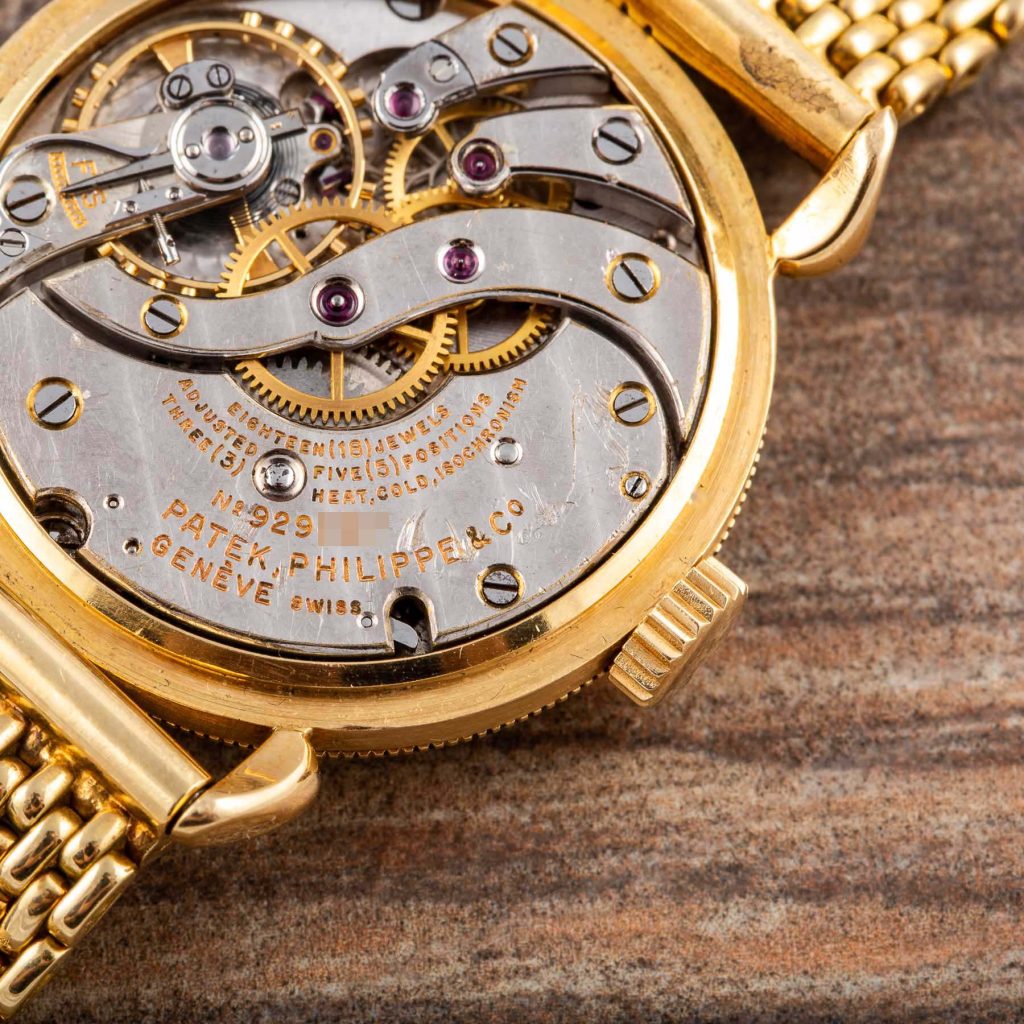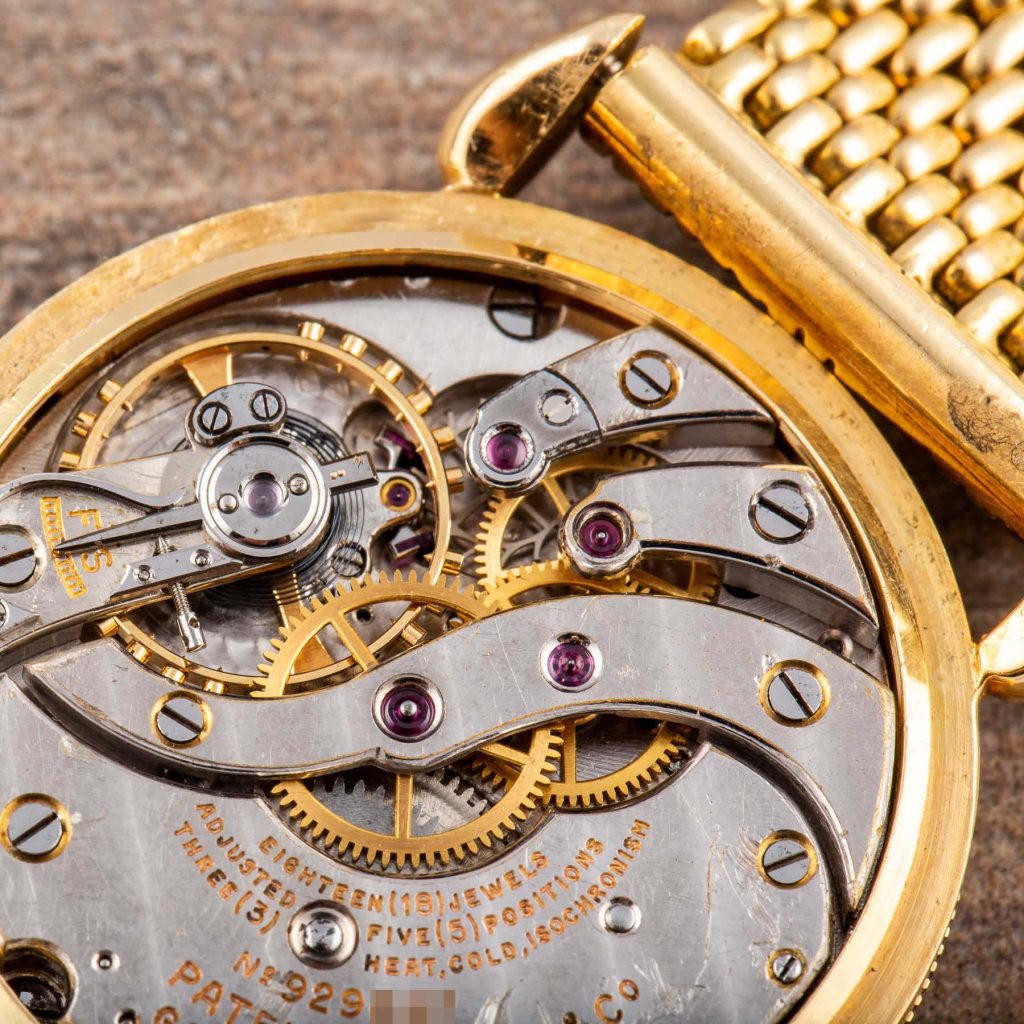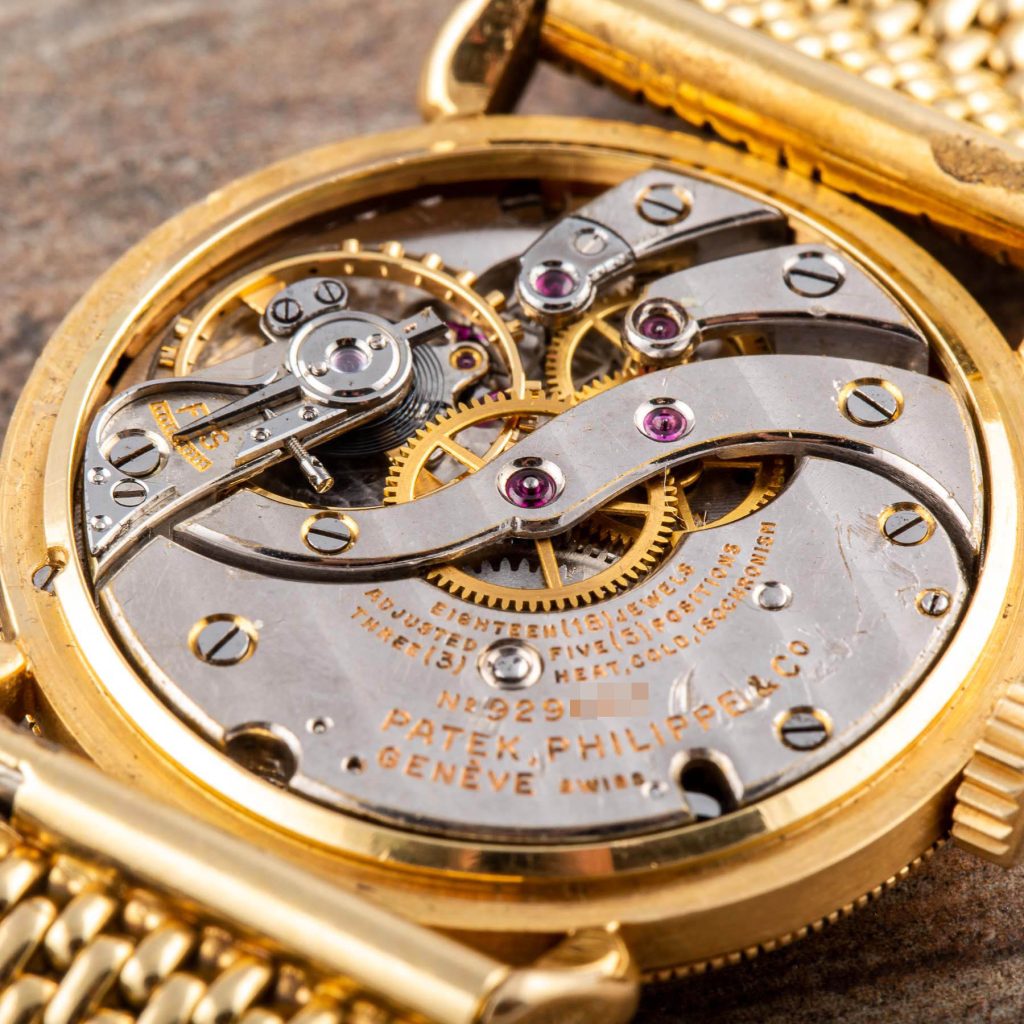The Patek Philippe World Time 1415 – A Masterpiece of another Era
The history of the Patek Philippe World Time watches dates back to the early 20th century, when the world was experiencing a period of rapid globalization. As people began to travel more frequently and across longer distances, the need for accurate timekeeping became increasingly important.

In response to this demand, Patek Philippe together with the Genevan watchmaker Louis Cottier developed the World Time mechanism, which enabled wearers to see the time in multiple cities around the world simultaneously. At the age of 46 in 1931, Cottier created the legendary mechanism and applied for a patent for it. During this period, Louis Cottier had presented his invention to all the major watchmaking companies in Geneva. The Stern family, who owned Patek Philippe, quickly recognized the potential of this new technology and approached Cottier to establish a partnership.

During the initial stages of the partnership between Stern and Cottier, a few prototype models were produced, including pocket watches and a limited number of wristwatches such as the reference 96 HU, the reference 542 HU, and the reference 515 HU. The majority of these early examples are now housed in museums, such as the Patek Philippe Museum in Geneva.

The Patek Philippe World Time reference 1415 was the first watch to feature this technology in regular production by the brand. Produced from 1939 to 1954, around 82 watches were made in yellow gold, 32 in pink gold, and 1 in platinum for a total of circa 115 watches.

One of the unique features of the Patek Philippe World Time reference 1415 is its 24-hour ring, which has a small sun and moon icon or two applied gold dots for noon and midnight.

The outer rotating bezel is engraved with cities, with the number of cities displayed varying depending on the final destination. In 1939, there were 28 cities, increasing up to 42 cities in the 1950s. The bezel is divided into two groups of cities, one for the Northern Hemisphere and one for the Southern Hemisphere. The cities listed include major international cities like New York, Paris, and Tokyo, as well as exotic locations such as Baghdad and Baku.

Legend has it that the circular hand, typically paired with a sword-shaped minute hand, was crafted directly by Mr. Cottier, and it remains the most distinctive feature. Most of the references 1415 had plain silver dials with the Patek Philippe signature, with indexes that could be Roman, Arabic, or Breguet.

The most exclusive 1415 models had enameled dials depicting continents. Most of the references 1415 with cloisonné enamel dials feature the European continent, with only two known examples featuring a Euro-Asian or “Eurasia” map. These watches are highly sought after and can reach staggering amounts at international auctions.
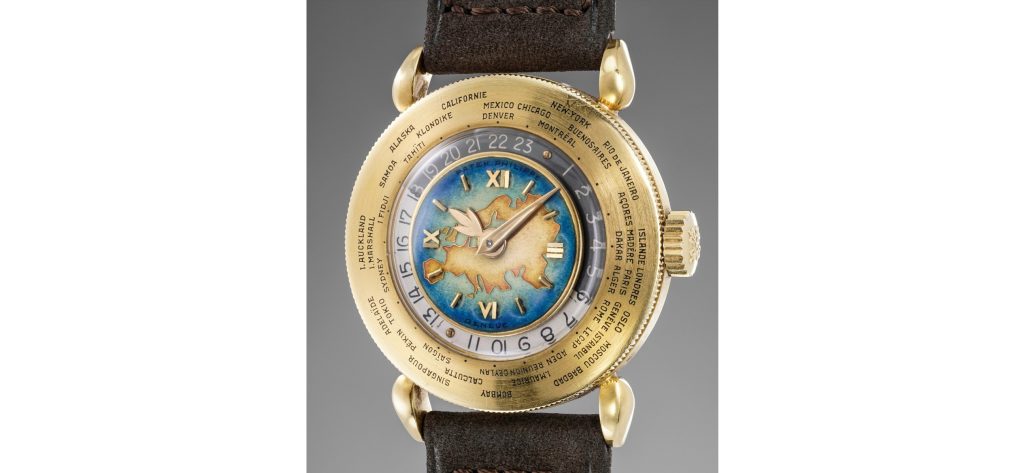
The watch is powered by the Calibre 12”’-120 HU movement, which was developed specifically for the World Time reference 1415.

The Patek Philippe World Time reference 1415 was produced from 1939 until its discontinuation in 1954, when it was succeeded by the reference 2523. The newer model boasted several upgrades, including an updated movement that, a redesigned case that gave it a more modern look, and a fresh dial design that enhanced its readability. The reference 2523 was available in both yellow, pink and white gold, and like its predecessor, it displayed the names of major cities around the world on the rotating bezel and could feature beautiful enamel dials.

Today, the Patek Philippe World Time reference 1415 is one of the most highly sought-after vintage watches in the world. The rarity of the watch, combined with its historical significance and exceptional craftsmanship, has made it one of the most valuable and desirable watches in the world.
